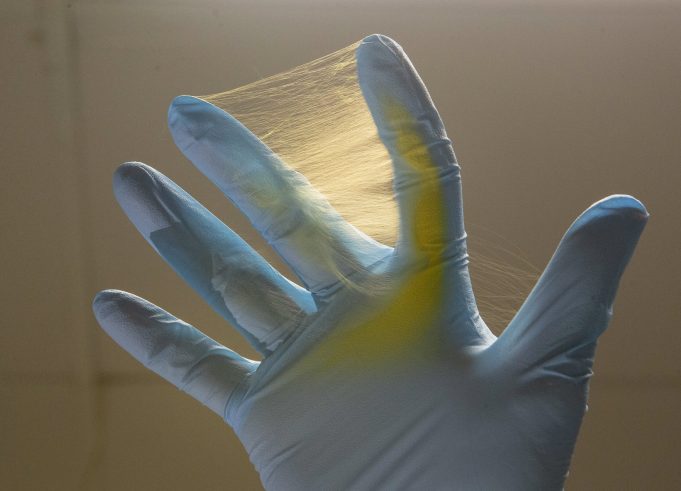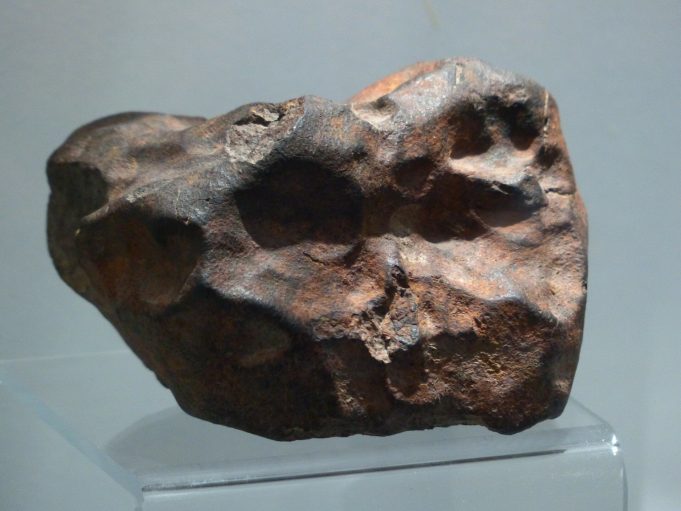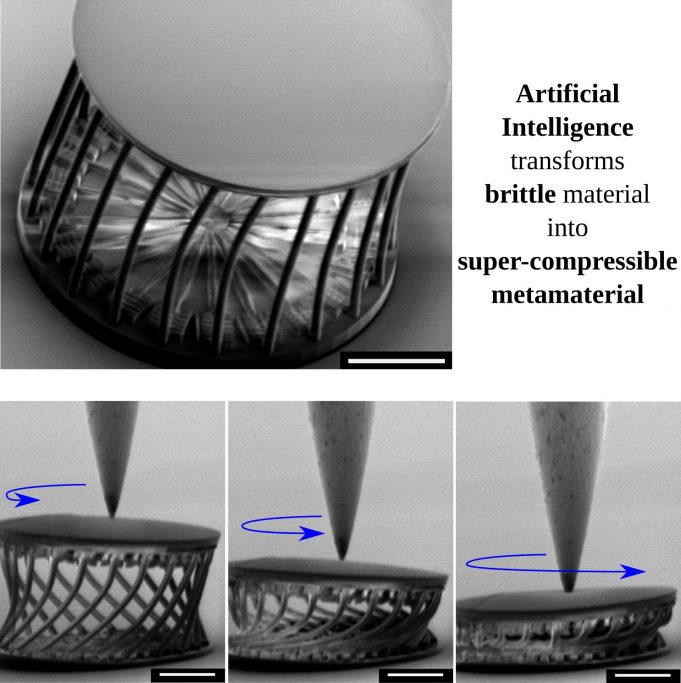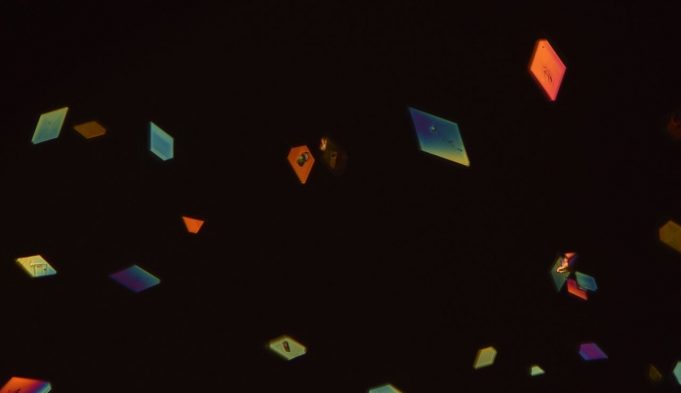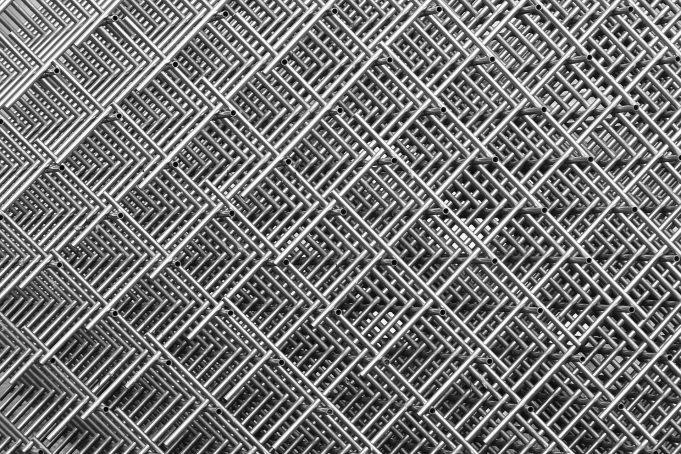When you visit Andrew Steckl's lab at the University of Cincinnati, you see a nondescript glass box that weaves together different fibers.
He sees endless possibility.
Steckl's lab is coming up with new applications for a fabrication process called coaxial electrospinning, which combines...
In the journal Nature published overnight, researchers from Imperial College, London have reported a transition metal complex with a geometric arrangement of atoms that was predicted in 1893 by the 1913 Nobel Prize recipient.
This important development in inorganic chemistry demonstrates the existence of...
Scientists have created molecular cages within a polymer to trap harmful sulphur dioxide pollution in order to transform it into useful compounds and reduce waste and emissions.
A unique new material developed by an international collaboration of scientists has proved...
The search for sustainable approaches to generating new fuels has brought scientists back to one of the most abundant materials on Earth—reddish iron oxide in the form of hematite, also known as rust.
Researchers say rust has long been seen...
An international team of scientists, led by the Helmholtz Zentrum Dresden-Rossendorf (HZDR), have found a new compound of plutonium with an unexpected, pentavalent oxidation state, using the ESRF, the European Synchrotron, Grenoble, France. This new phase of plutonium is...
When scientists and engineers discover new ways to optimize existing materials, it paves the way for innovations that make everything from our phones and computers to our medical equipment smaller, faster, and more efficient.
According to research published today by...
A flexible lithium-ion battery designed by a team of researchers from the Johns Hopkins Applied Physics Laboratory and built to operate under extreme conditions—including cutting, submersion, and simulated ballistic impact—can now add incombustible to its résumé.
Current Li-ion batteries are...
Imagine grabbing carbon dioxide from car exhaust pipes and other sources and turning this main greenhouse gas into fuels like natural gas or propane: a sustainability dream come true.
Several recent studies have shown some success in this conversion, but...
Researchers at TU Delft have developed a new supercompressible but strong material without conducting any experimental tests at all, using only artificial intelligence (AI). "AI gives you a treasure map, and the scientist needs to find the treasure," says...
A new study in the Journal of the American Chemical Society explores the chemistry as well as the complicated and alarming history of DFDT, a fast-acting insecticide.
"We set out to study the growth of crystals in a little-known insecticide and uncovered...
Forget the laboratory, substances that can solve environmental problems by capturing carbon dioxide, decontaminating water and cleaning up pollutants can be easily created in a kitchen, a UNSW Sydney study shows.
In a paper published today in Nature Communications, UNSW chemical engineers shone...





